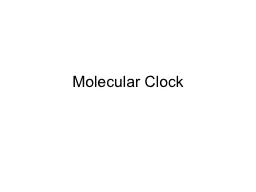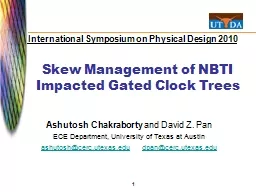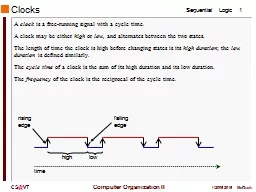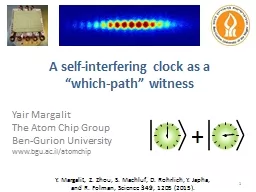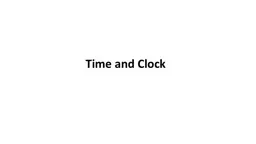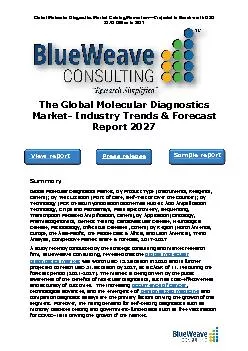PPT-Molecular Clock
Author : tatiana-dople | Published Date : 2016-05-24
Molecular Clock Rate of evolution of DNA is constant over time and across lineages Resolve history of species Timing of events Relationship of species Early protein
Presentation Embed Code
Download Presentation
Download Presentation The PPT/PDF document "Molecular Clock" is the property of its rightful owner. Permission is granted to download and print the materials on this website for personal, non-commercial use only, and to display it on your personal computer provided you do not modify the materials and that you retain all copyright notices contained in the materials. By downloading content from our website, you accept the terms of this agreement.
Molecular Clock: Transcript
Download Rules Of Document
"Molecular Clock"The content belongs to its owner. You may download and print it for personal use, without modification, and keep all copyright notices. By downloading, you agree to these terms.
Related Documents

